How Apple got its mojo back after the death of Steve Jobs
In August of 2014, Apple’s Chief Design Officer Jony Ive flew to New York in a jet filled with Apple Watches. He had arranged for a special unveiling of the company’s new product at the Carlyle Hotel on the Upper East Side, exclusively for Vogue editor-in-chief Anna Wintour.
Ive insisted that Wintour see the watch before the general public, an unusual request for “a company that kept its work shrouded in mystery so that it could reveal new products with a magician’s flair,” writes journalist Tripp Mickle in his new book, “After Steve: How Apple Became a Trillion-Dollar Company and Lost Its Soul” (Morrow), out now.
But this was Apple’s first new product category after the 2011 death of co-founder, CEO and spiritual leader, Steve Jobs. Ive had spent three years sequestered at Apple Headquarters in Cupertino, Calif., “consumed by a project he hoped would honor his late creative partner and silence the echo chamber of doubt about Apple’s continued ability to innovate,” Mickle writes.
Ive hoped to do that with the Apple Watch, which in many ways echoed the evolution of the iPhone, a product that allowed its owners to play music, videos, games and access GPS among other amenities in addition to making calls. The Apple Watch could become more than just a flash-in-the-pan tech toy, Ive thought, but a vessel to “carry Apple into a brighter future.”
What’s more, the Apple Watch was meant to answer the question on everybody’s minds after Jobs’ death: Could Apple exist without its Walt Disney?
Before his death, Jobs himself worried about the Disney comparison. He knew that after the Hollywood mogul died in 1966 from lung cancer, the Disney empire floundered as it tried to forge its own identity. Employees asked “What would Walt do?” rather than taking their own creative leaps. “Jobs wanted Apple to defy the fate of Disney,” Mickle writes.
When Jobs returned to Apple in 1997, after being ousted from the company he created in 1985, he wasted no time in promoting 30-year-old Ive, who was just another design team member, to Senior Vice President of Design. In Ive, he saw a kindred spirit; they were “soul mates,” sharing a passion for absolute perfection, wrote Jobs’ biographer Walter Isaacson.
Jobs was the John Lennon to Ive’s Paul McCartney, Mickle writes. “Whereas Jobs was voluble, direct, and insistent, Ive was quiet, steady, and patient.” As Jobs told Isaacson, Ive was given “more operational power than anyone else at Apple except me. There’s no one who can tell him what to do, or to butt out.”
Jobs first tasked Ive with creating a PC that wasn’t just functional but joyful. Ive asked his team of engineers: “How do we want people to feel about this computer? How do we make something that looks novel, but not threatening?”
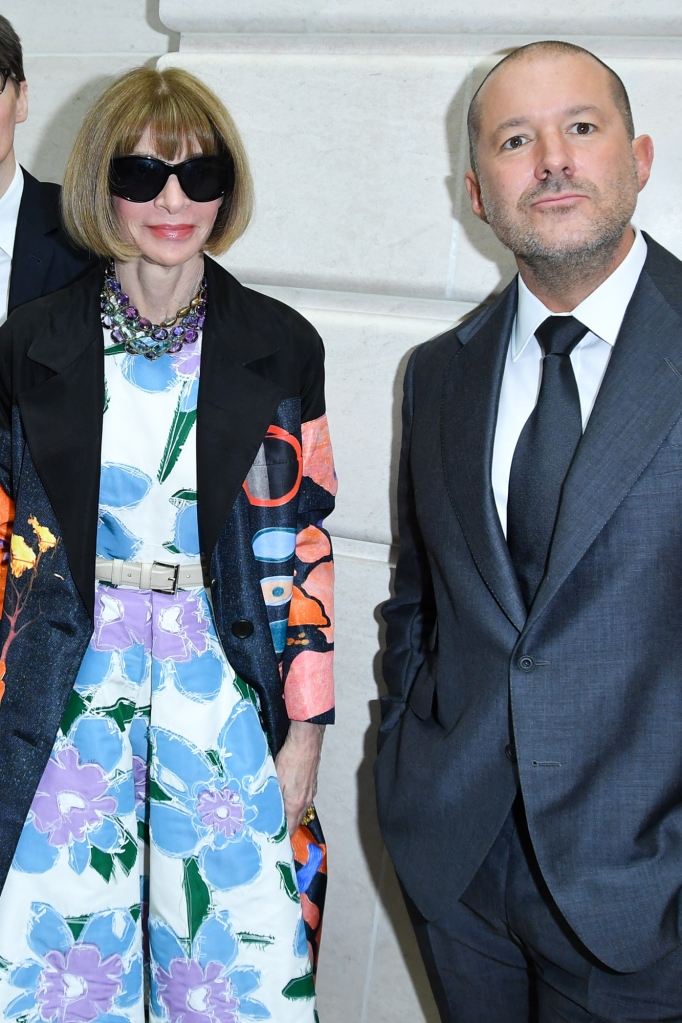
Their goal was to create a computer that looked like it originated from an episode of “The Jetsons” cartoon: futuristic but familiar.
Ive’s team gave birth to the iMac, which was unleashed on the world in May 1998, and the demand was overwhelming. According to Apple, they sold approximately one iMac every second between ’98 and 2001. It became the best-selling computer in the United States and remains the fastest-selling in the company’s history.
Growing up in a London suburb, Ive was encouraged at a young age by his dad, a high school design teacher, to take apart electronics like radios and alarm clocks to see how they worked. His curiosity about electronics led him to launch Tangerine, a startup design agency based in London, which designed everything from toothbrushes to toilets. After Ive won a consulting contract with Apple, they were so impressed they asked the 25-year-old to relocate to Silicon Valley in 1992 and become a permanent member of the Apple design team.
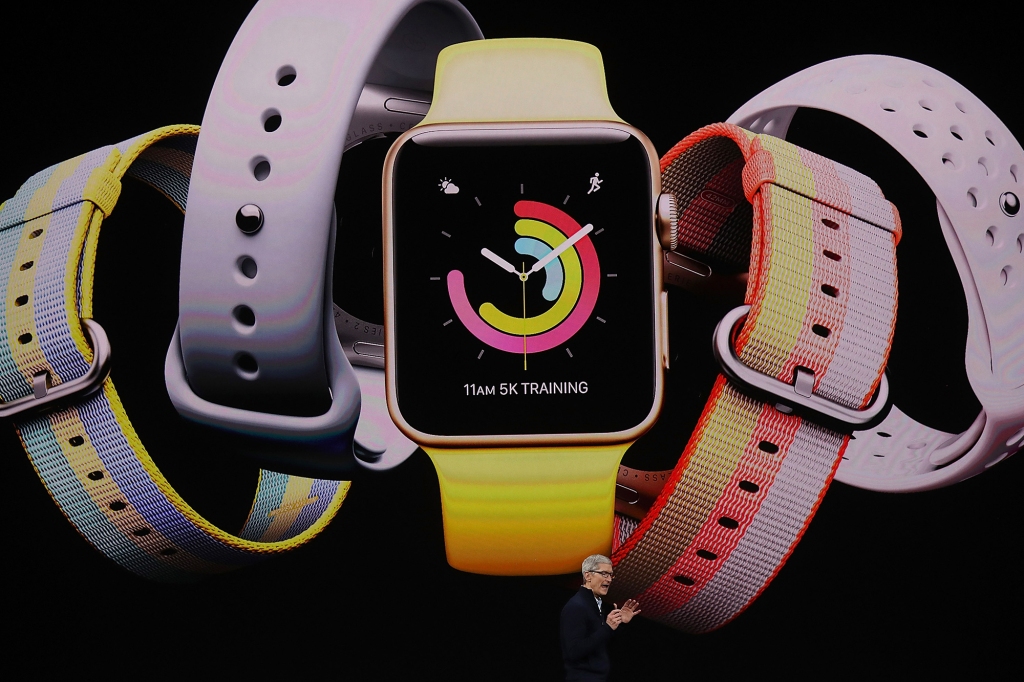
When Jobs returned to Apple, he became Ive’s biggest cheerleader, emboldening the designer to embrace his instincts for perfectionism. When visiting the Chinese factories making Apple products, Ive would get upset seeing workers on the assembly line handling the parts too crudely. “I don’t want him touching our products,” he would complain about certain factory workers. “Look at how he’s touching the side of it!”
His perfectionism also led him to see flaws others couldn’t. While sitting with his VP of manufacturing design at a Hong Kong airport lounge, Ive glanced at the stainless-steel bar and quietly announced, “I can see every seam in this bar.” His friend and colleague, who saw nothing irregular in the bar’s smooth silver metal, just shrugged and said, “Your life must be f–king miserable.”
As a leader at Apple, Ive had a reputation for being kind, whether it was just holding open doors for co-workers or sending champagne and flowers to his staff while they were on family vacations. But he also could be difficult, like when he demanded absolute quiet in the studio workplace and ostracized engineers who brought up costs as a hindrance.
Those who dared mention money “would later discover that their badge no longer accessed the studio,” writes Mickle. “Their admittance had been silently revoked.”

Jobs’ death in 2011 from a rare pancreatic cancer shattered Ive. To his coworkers, he seemed “lost in a wilderness of grief,” writes Mickle. But Ive also knew that his late friend and boss didn’t want him to give up, especially with the media “casting doubt on the future of Apple. They reasoned that its cofounder had birthed the company and later resurrected it. Without him, it had withered…Apple was doomed.”
Jobs was determined not to let that happen. He believed that Apple “operated like a starfish,” writes Mickle, and in his final days, Jobs “pressed to keep the legs of Apple’s starfish together.” This meant not just promoting both Tim Cook from COO to CEO, but meeting regularly at his deathbed with Ive to discuss the company’s future. Ive urged his board of directors to give the executive team retention stock grants, and Ive was handed an estimated $60 million in stocks to ensure he stayed with Apple.
‘They reasoned that its cofounder had birthed the company and later resurrected it. Without him, it had withered . . . Apple was doomed.’
author Tripp Mickle on internal worries after Jobs’ death
But Apple’s iPhone 4S, which was released in 2011 on the same day Jobs died, was a disaster. “Investors dumped shares, sending Apple’s stock price down as much as five percent and erasing billions of dollars in market value,” writes Mickle. “It was a box-office rejection.”
The 2012 iPhone was so poorly received, it sent Apple’s share price to a six-month low and erased $160 billion of its market value, “about as much as the total worth of Coca-Cola that year,” writes Mickle.
Ive was determined to give Apple a course-correction. He’d been thinking a lot about Fitbits, the wearable technology that didn’t do much more than track your steps, and he wanted to see how far he could take wearable technology.
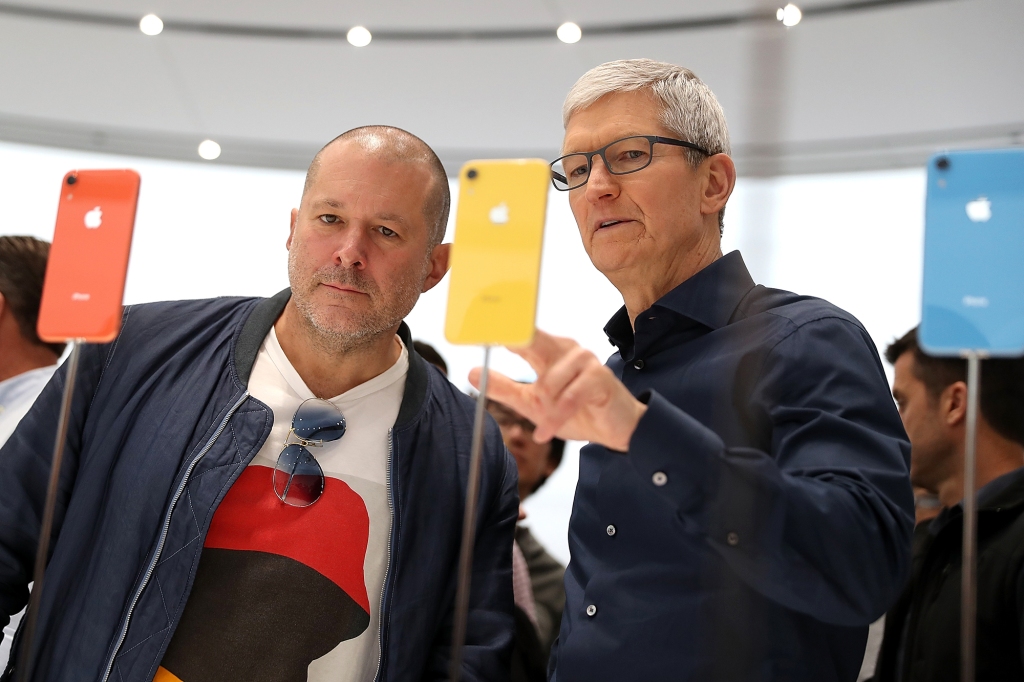
During a 2011 brainstorming session with his team of engineers, he wrote just a single word on the dry-erase board in their conference room: smartwatch.
Ive had a lot of ambitions for the Apple Watch. He and his team wanted it to “free people from the tyranny of their phones,” writes Mickle. How it looked was as important to Ive, if not more important, than how it worked. Ive showed his designers images of other smartwatches on the market. “These products lack humanity,” he huffed.
Most of the team’s big ideas were eventually abandoned. The glucose monitoring and built-in EKG were deemed too complicated. And the plan to include a microchip that could detect cancer — a thought that was very much on their mind, given their founder’s death — was shelved after they “considered the legal risks of providing customers with false positives or negatives and the potential brand damage that could come if Apple became a messenger of doom, tapping people’s wrists to deliver a bleak notification: you have cancer and may die.”

But when Ive finally met Wintour in New York to give her a sneak preview, “delicately unwrapp[ing] the watches from swatches of leather as though he were unwrapping a gift,” she didn’t see what was missing. The editrix was mesmerized by the product and “struck by the way the design was on a par with a piece of art yet … functional.”
And when Tim Cook, Apple’s CEO since Jobs’ death, officially unveiled the Apple Watch at a live event in Cupertino on September 9, 2014, pitching it as a “fashionable computer for the wrist,” the crowd jumped to their feet with thunderous applause.
Furthermore, in a huge departure from Jobs, who typically acknowledged his teams in passing but took most of the credit for developing a new product, Cook asked his Apple colleagues to stand and be recognized for their work. He singled out Ive and praised him “for his incredible contribution on the Apple Watch.”
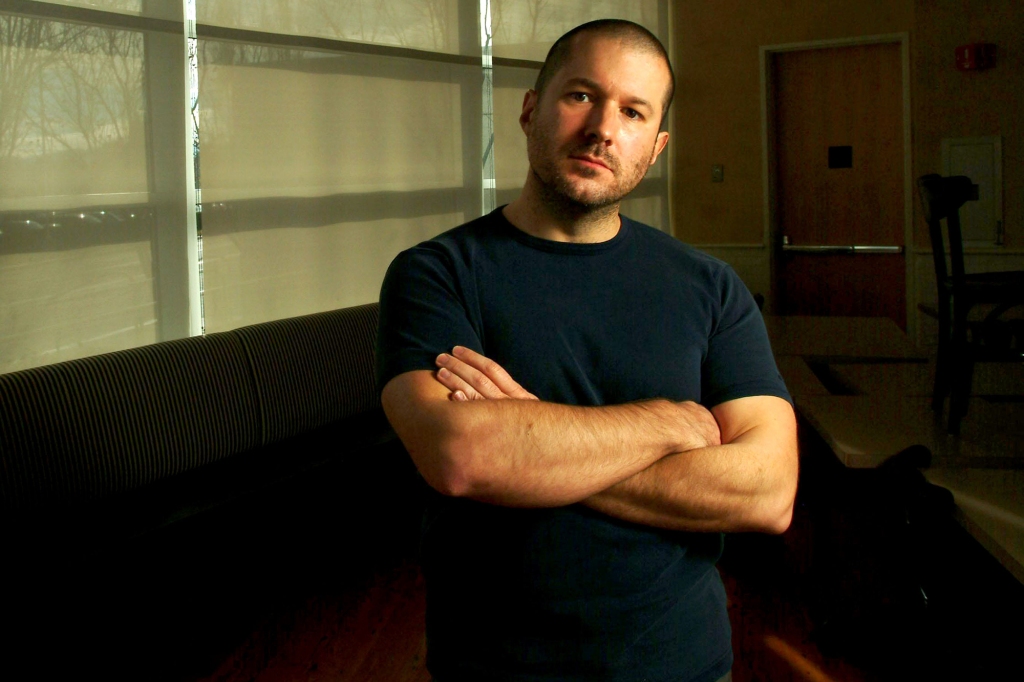
Now, Ive “found the entire room applauding for him,” writes Mickle.
The following month, the fashion elite of France celebrated Ive and his design at an Apple Watch event attended by Wintour, top designers Karl Lagerfeld and Azzedine Alaïa, and A-list guests including Lenny Kravitz, Salma Hayek and Mick Jagger. But while Ive’s design had impressed the global fashion elite, it had — even more importantly — wowed Apple’s longtime customers, who saw Jobs not just as a CEO but the patron saint of their cult. “Some tattooed [Apple’s] corporate logo or advertising phrases onto their wrists,” writes Mickle. “Jobs assumed an almost messianic hold over them.”
Ive’s product attracted a devotion all its own. By 2021, 100 million Apple Watches were sold, with estimates that by the end of 2022, more people will own an Apple Watch than a Mac.
The process of building the watch “had galvanized Apple’s workforce and given it purpose,” writes Mickle. “It shook its leadership out of their collective grief and challenged them to lead the company forward.”
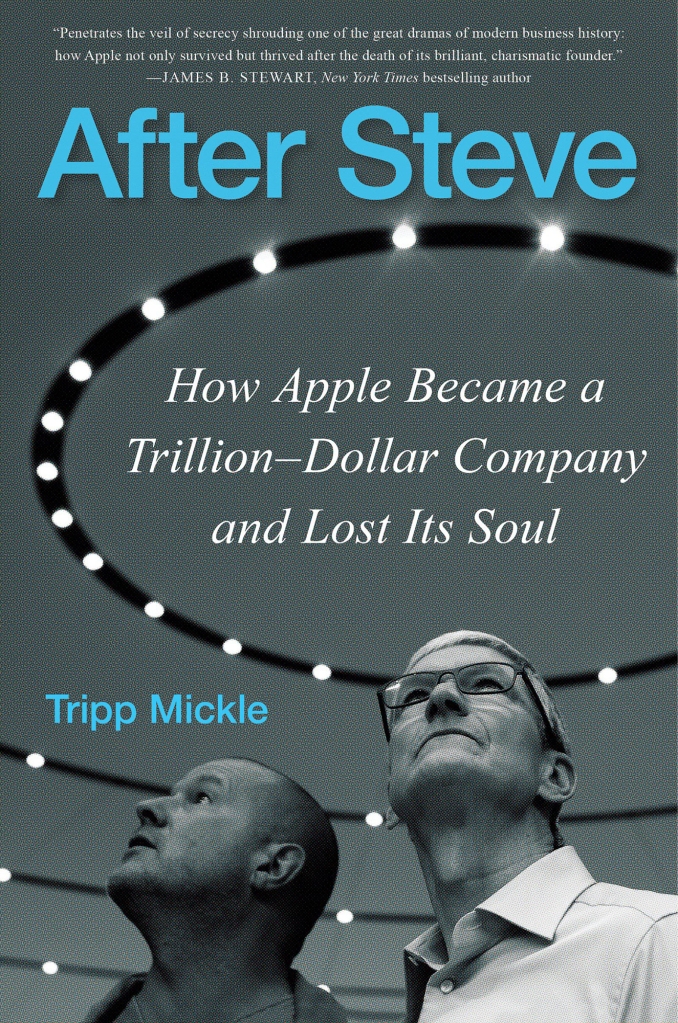
Meanwhile, Ive, who spent most of his years at Apple in the shadows, left the company in 2019 to launch his own design firm, LoveFrom. According to Mickle, “he’d grown weary of Apple’s bureaucracy.” The company had become “a machine with a heart of stone,” with accountants given a bigger voice in the decision-making.
Apple hasn’t floundered in Ive’s absence. As of 2022, it became the first US company to hit $3 trillion in market value. Ive hasn’t been replaced by anyone with “as much power and influence,” writes Mickle, as his “commanding clout” would be impossible to replicate. Though he’s still an adviser for the company, he has no real control, and the current Apple design team told Mickle that today they are “subject to more cost pressures” than during Ive’s tenure.
They had once “made products that had changed the world,” Ive’s former design team told Mickle. But today, Apple’s legacy is more about “making a f–kton of money.”
Read the full article Here


